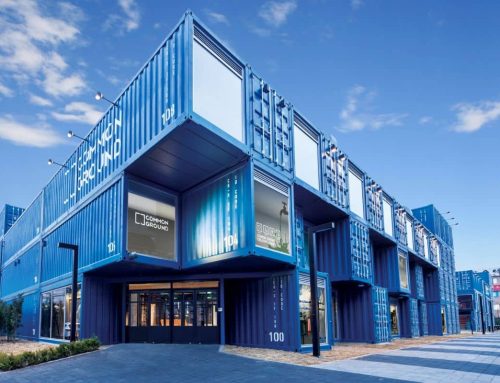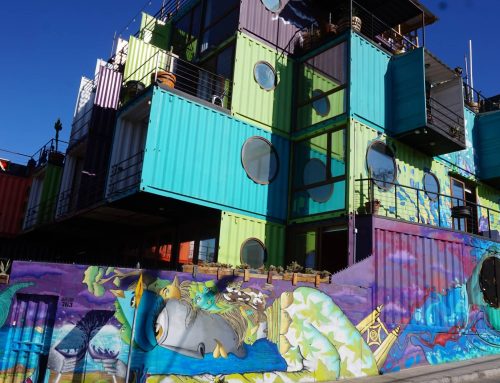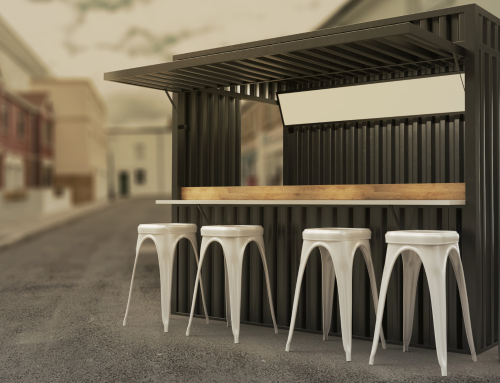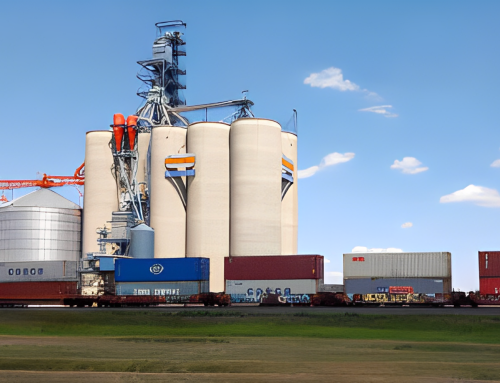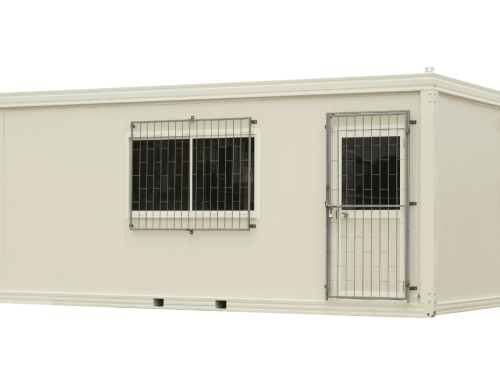It might be surprising but demand for shipping containers around the world is high. This means there is a constant demand on the construction of these containers. So what are they made from?
There are three main sizes of shipping container that is widely used:
- 10ft
- 20ft
- 40ft
They are all made from exactly the same thing; the main component is steel, but they also use other materials like aluminium and fibre-reinforced polymer to build long lasting containers that can be used for a variety of things.
While the materials used to make shipping containers are relatively simple, the process to make them can be a bit more difficult – and it’s not a quick process. Below, you’ll find an overview of how a shipping container is made, and is is before any modifications are done post-build to meet the specifications of a client.
Constructing a Shipping Container
As we mentioned, building a shipping containers is a bit more difficult than one would image, and a longer process as well. Essentially it goes like this:
- Firstly, a big roll of steel is unrolled and cut into several sheets.
- Sandblasting is carried out to remove rust, contaminants, etc., and priming to seal it.
- The sheets are then corrugated to increase strength, durability, and rigidity.
- Roof panels and floor braces are made separately, and then the walls are all welded together.
- Then welding of the square tubing is done on the top of the walls.
- The next step is to put together floor panels to form a floor frame.
- The shipping container doors and corner assemblies are also separately prepared.
- Once the door assemblies are done, they are attached to the container frame, followed by wall panels’ installation.
- The corner posts, wall panels, and door assembly are welded together to make a strong unit.
- Once this is all done, the actual container roof is then all welded together and attached to the shipping container’s top.
- Priming and painting are carried out.
- Wooden frames are prepared and put in place for the flooring.
- After this, drilling of holes is carried out to attach flooring panels firmly to the frame.
- The door hardware is now installed and attached with rubber seals to make the entire shipping container watertight and airtight.
- This is followed by a water tightness test and is finally inspected by an expert.
- The shipping container is ready for sale and hires once it passes the test.
Want a little sneak peek at how shipping containers come together? This is a great little video.
It really is an interesting process from making the shipping container through to it arriving on our doorstep here at Shipping Containers Sydney. With such a variety of uses for shipping containers, we invite you to contact us to see if we have what you need.


